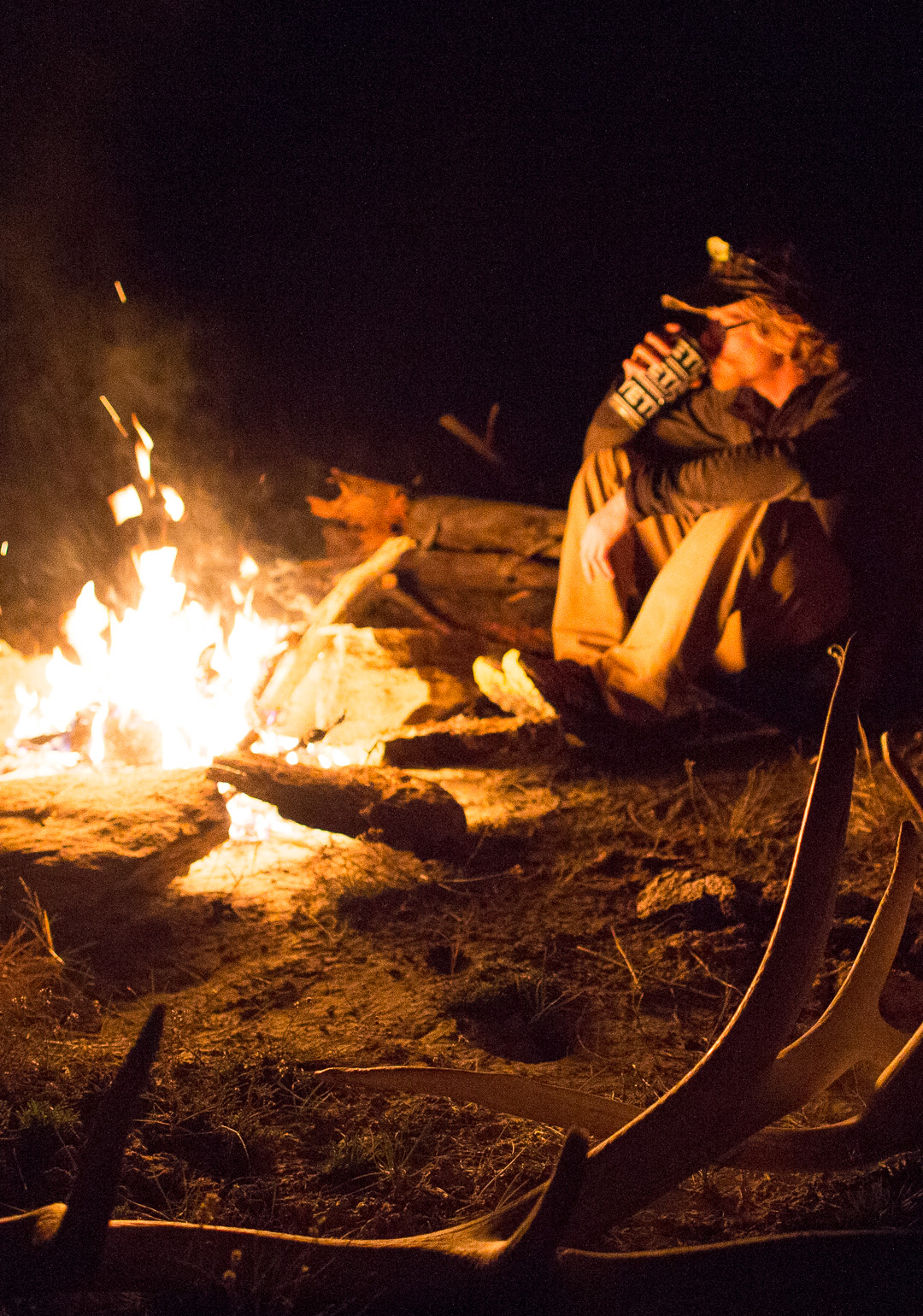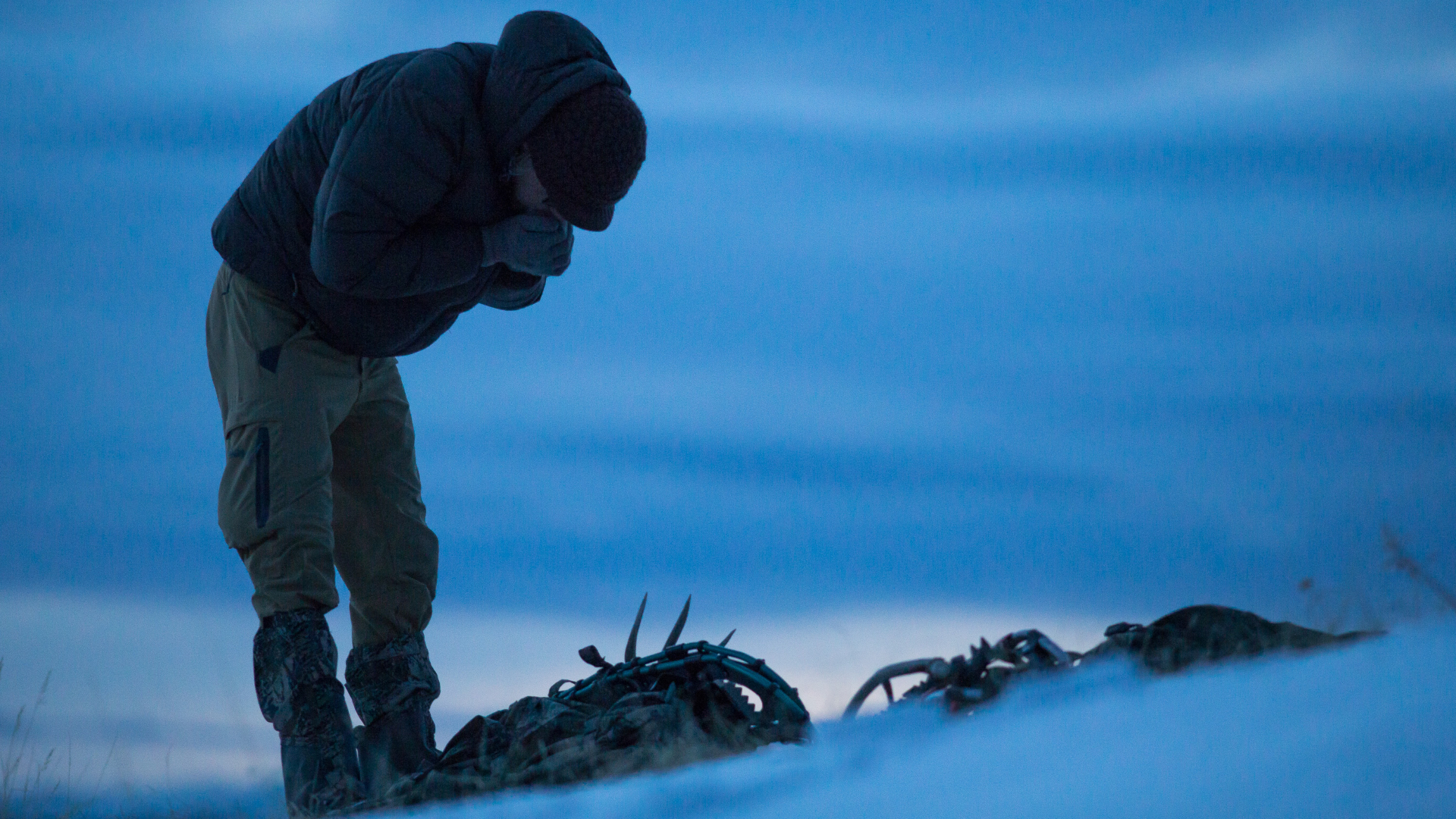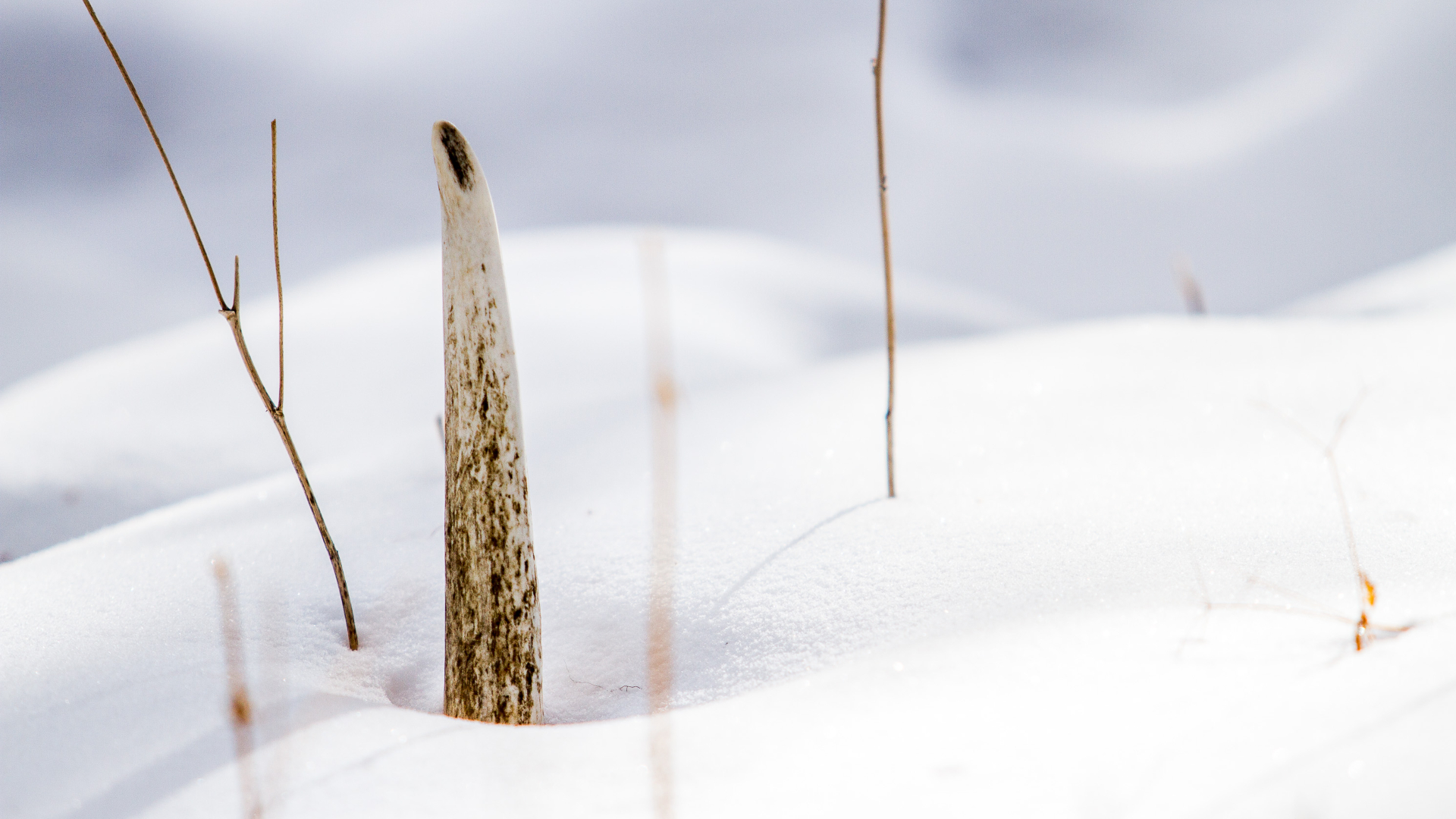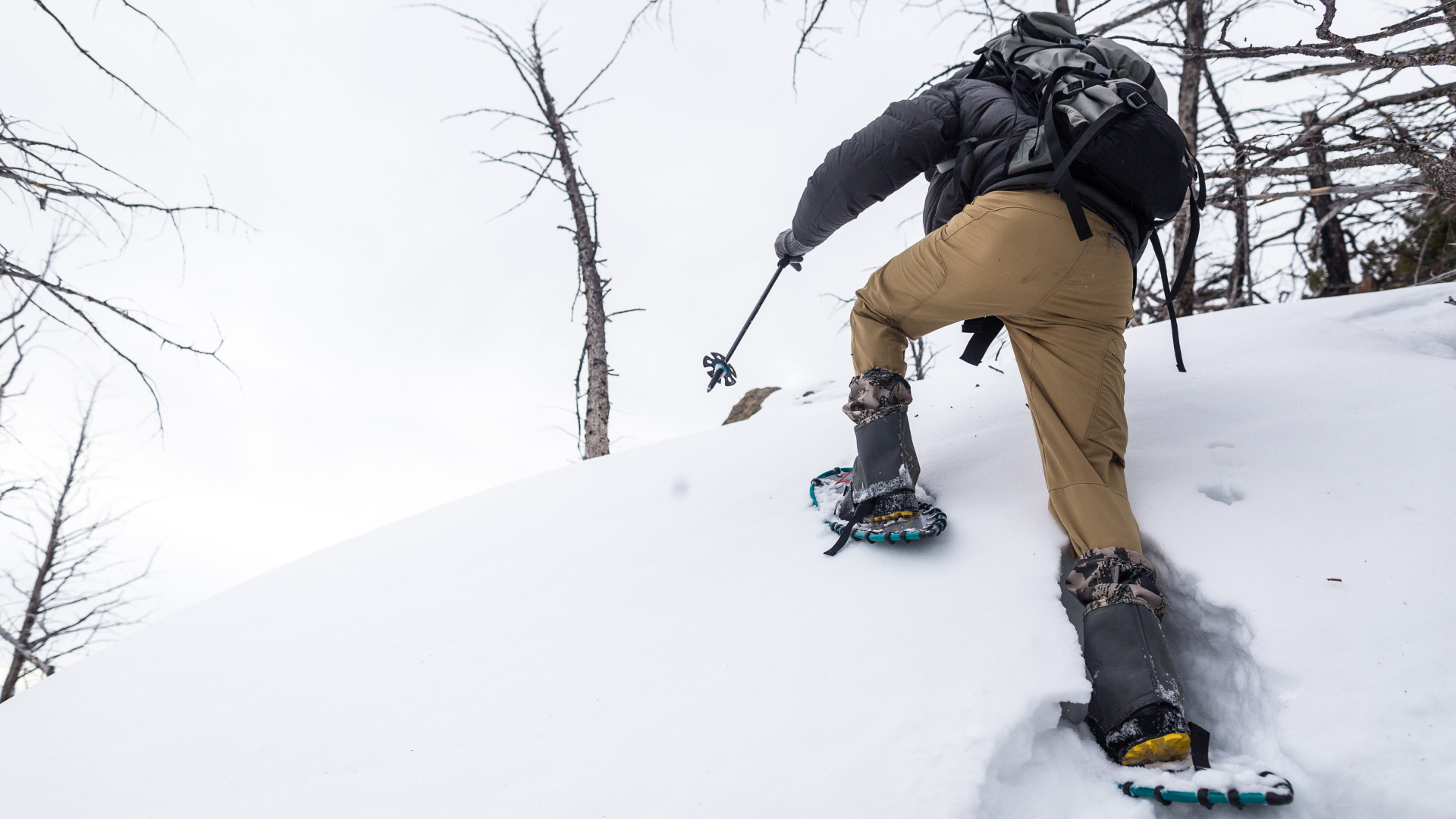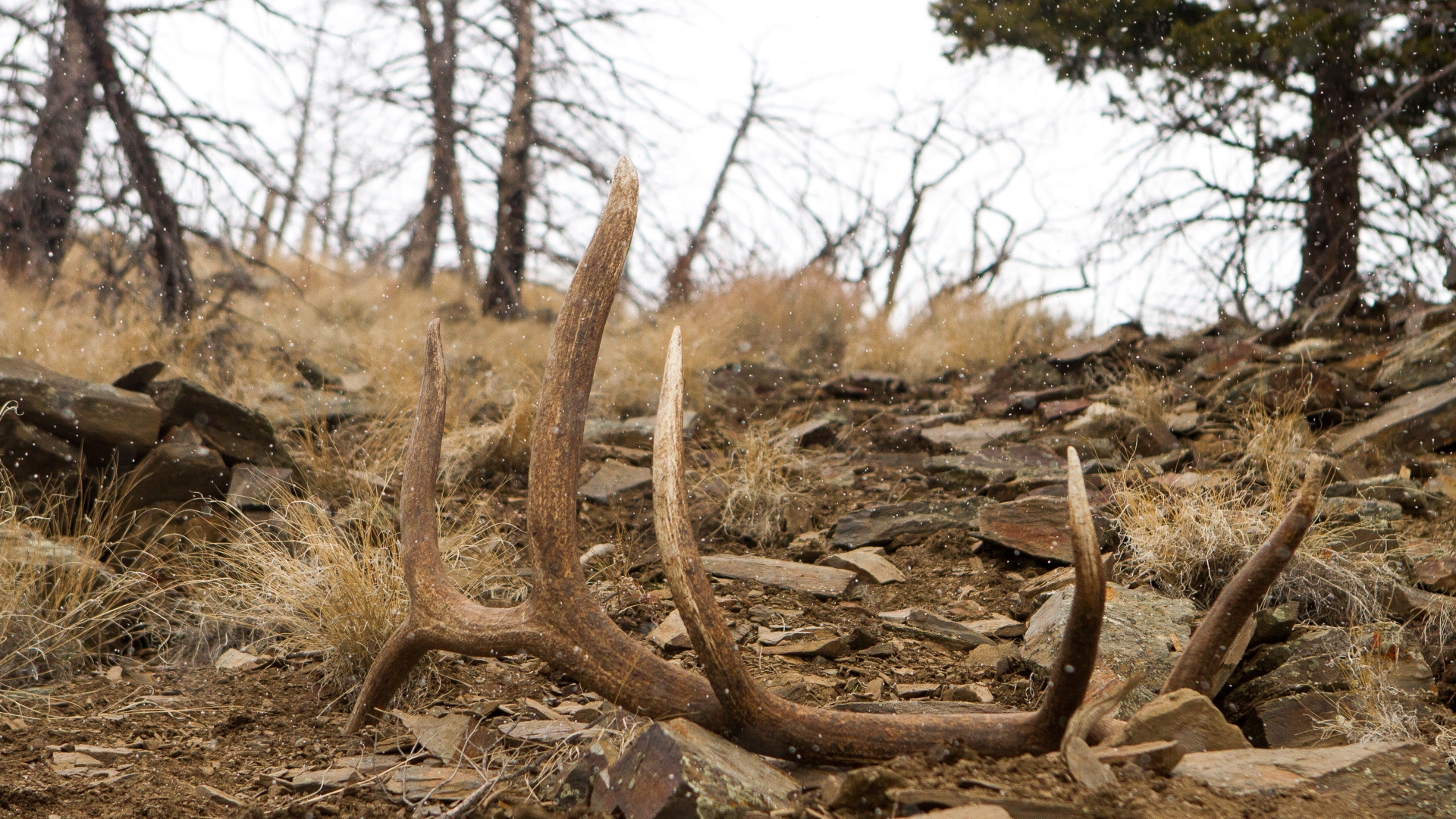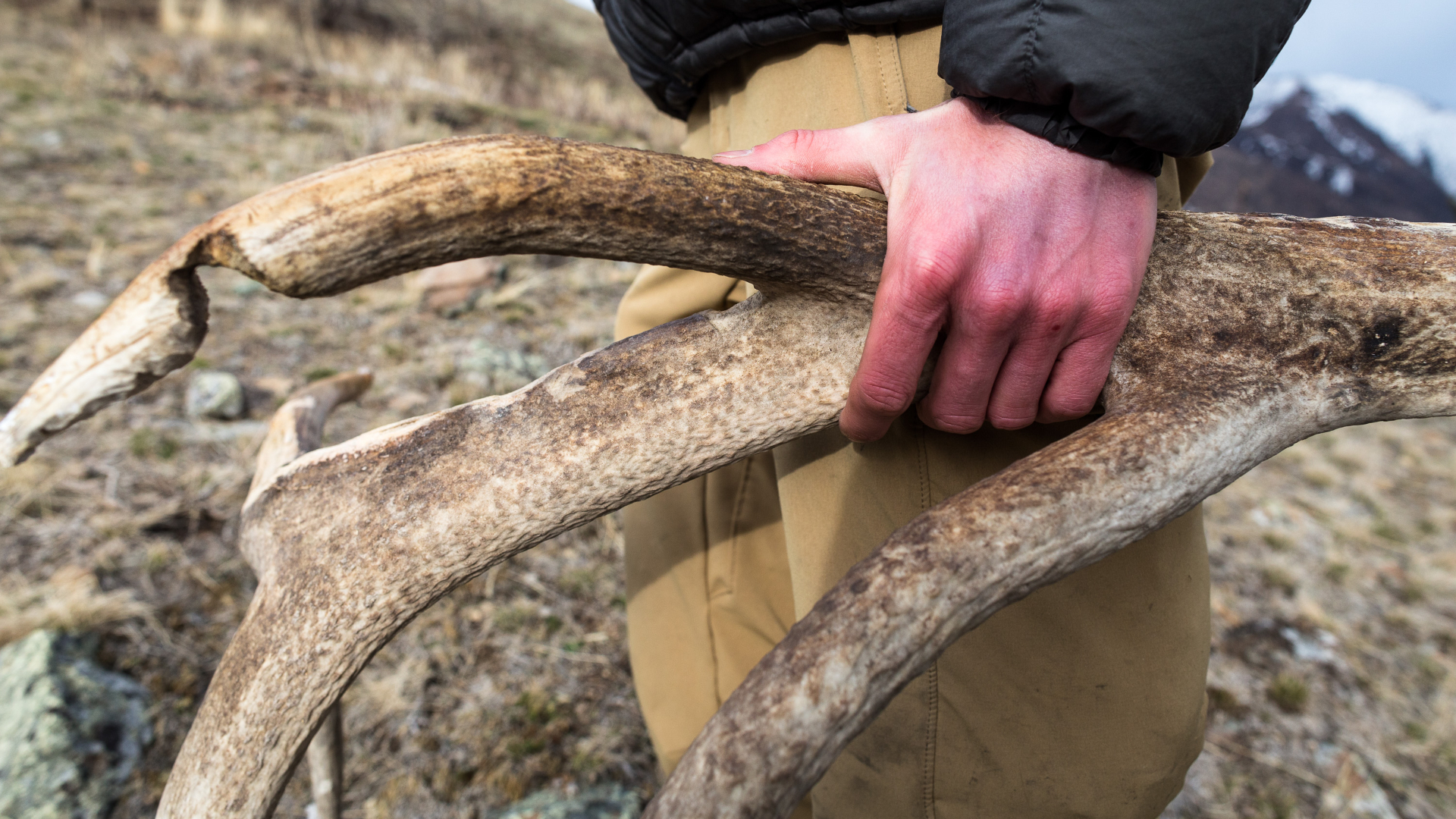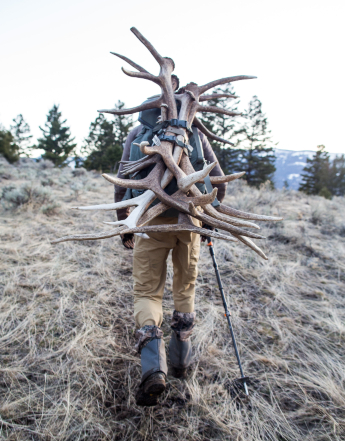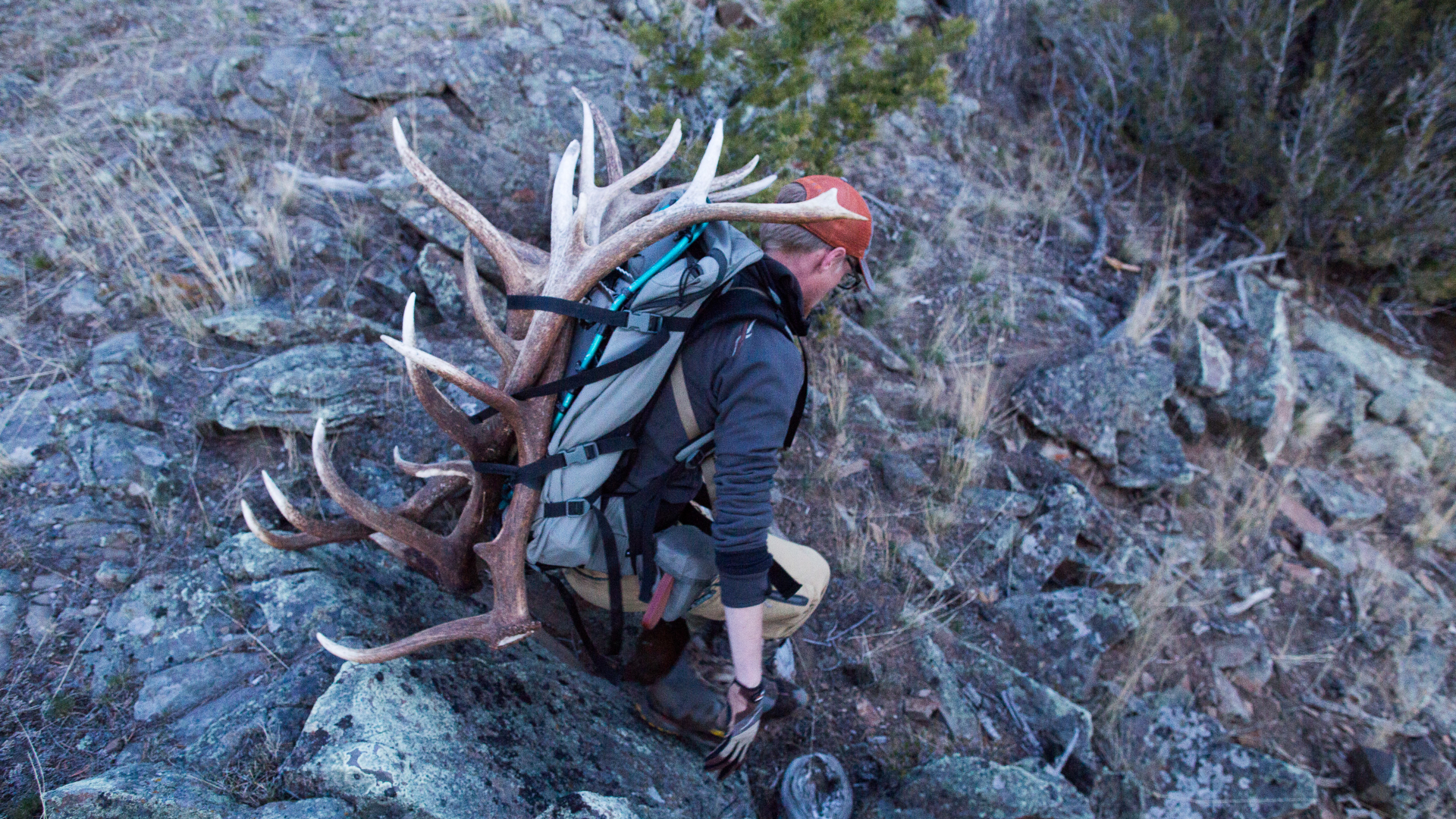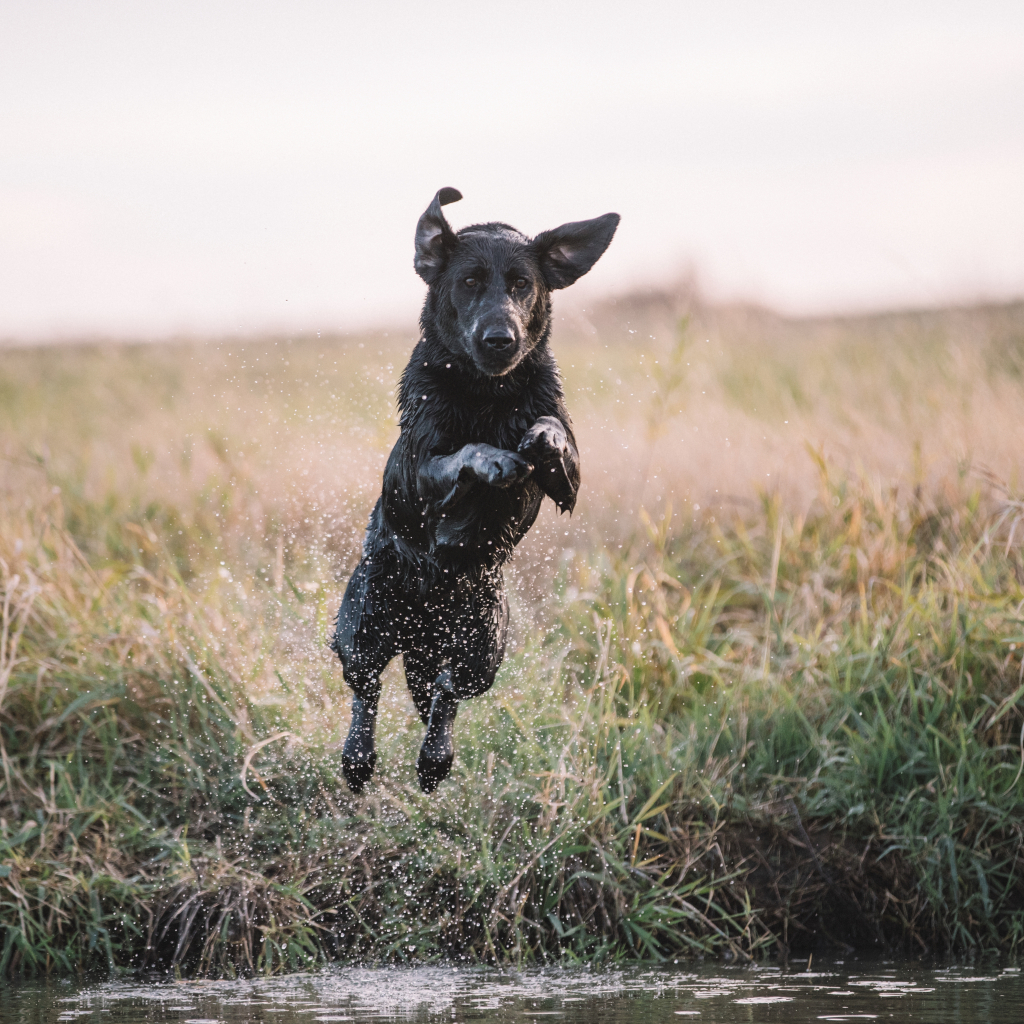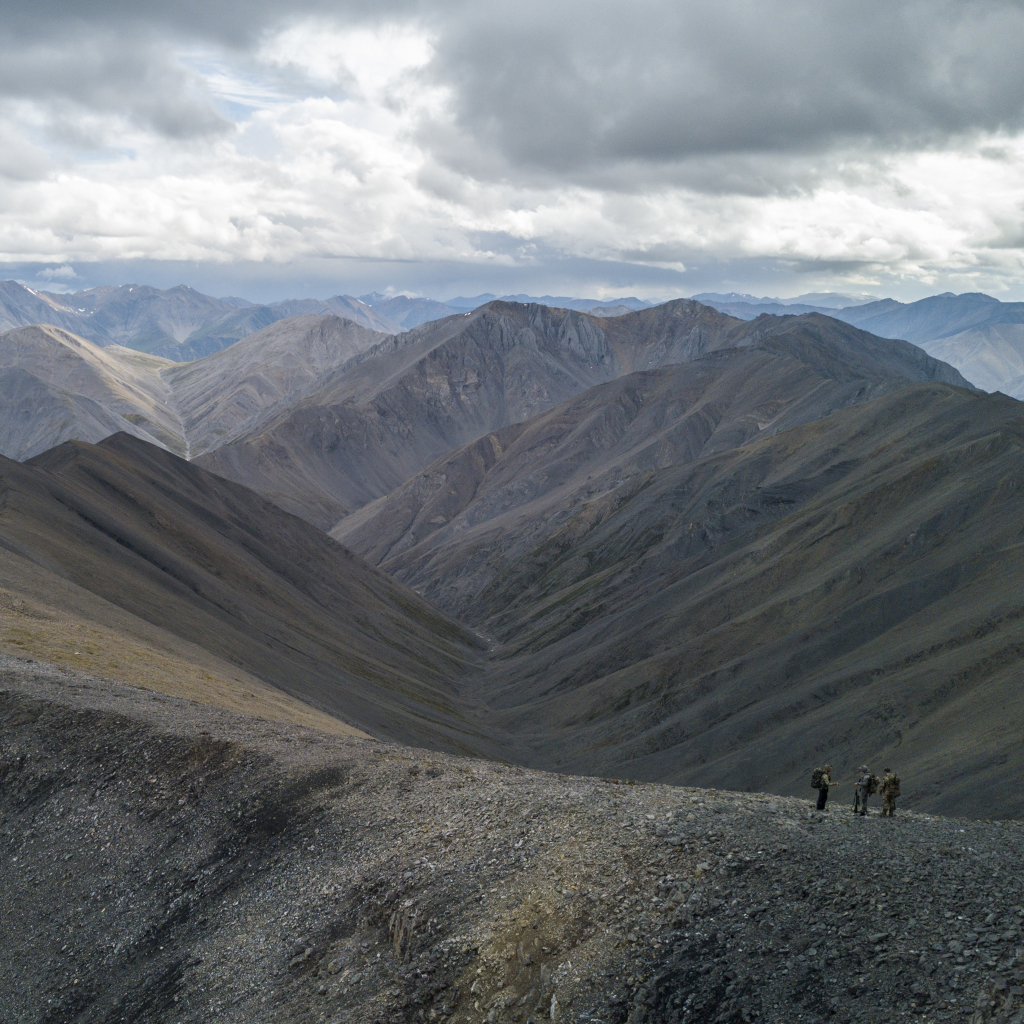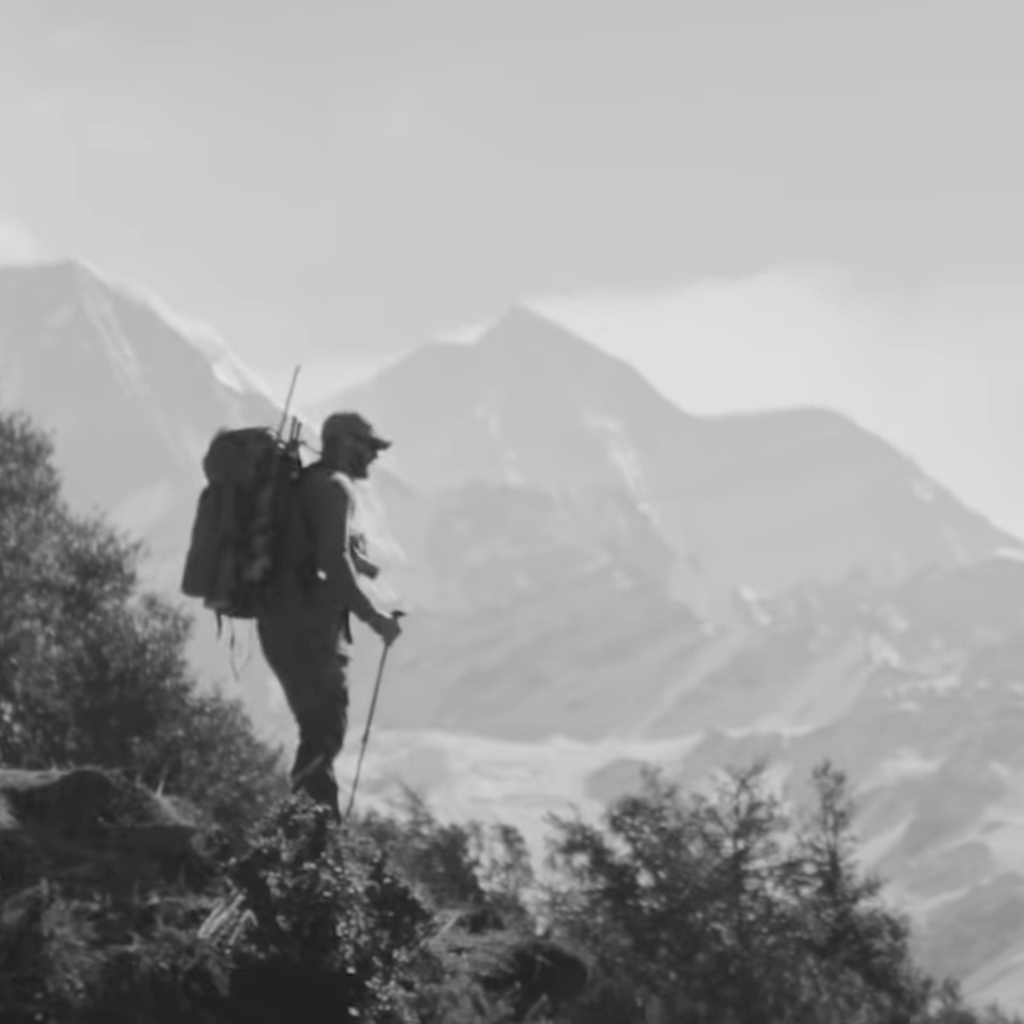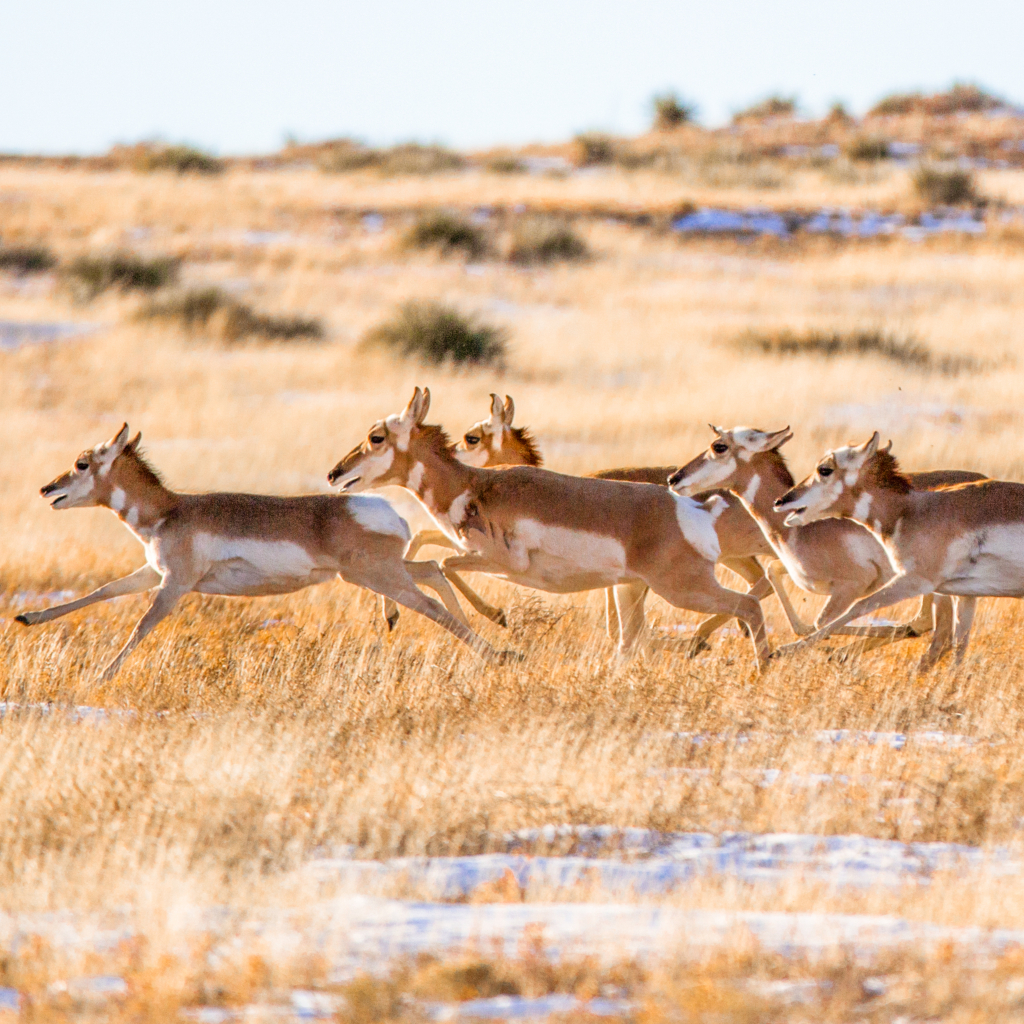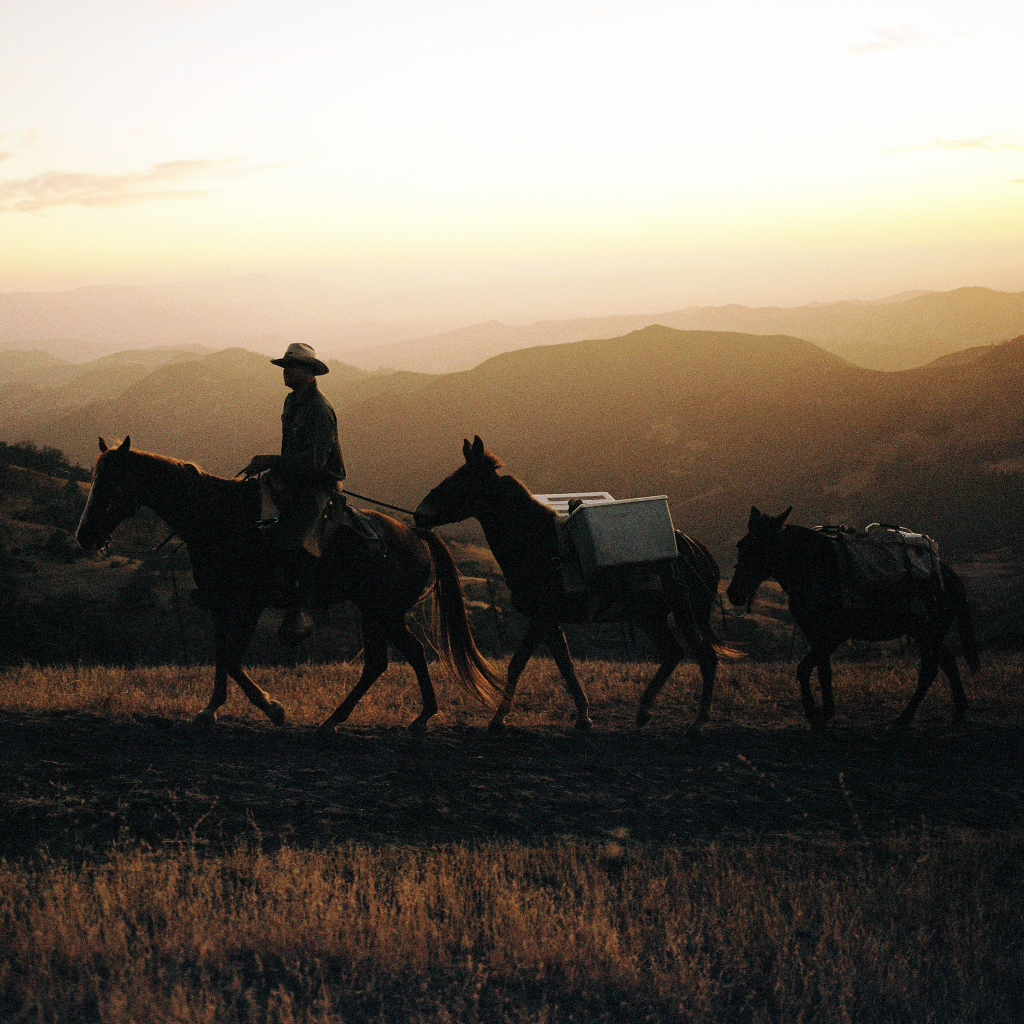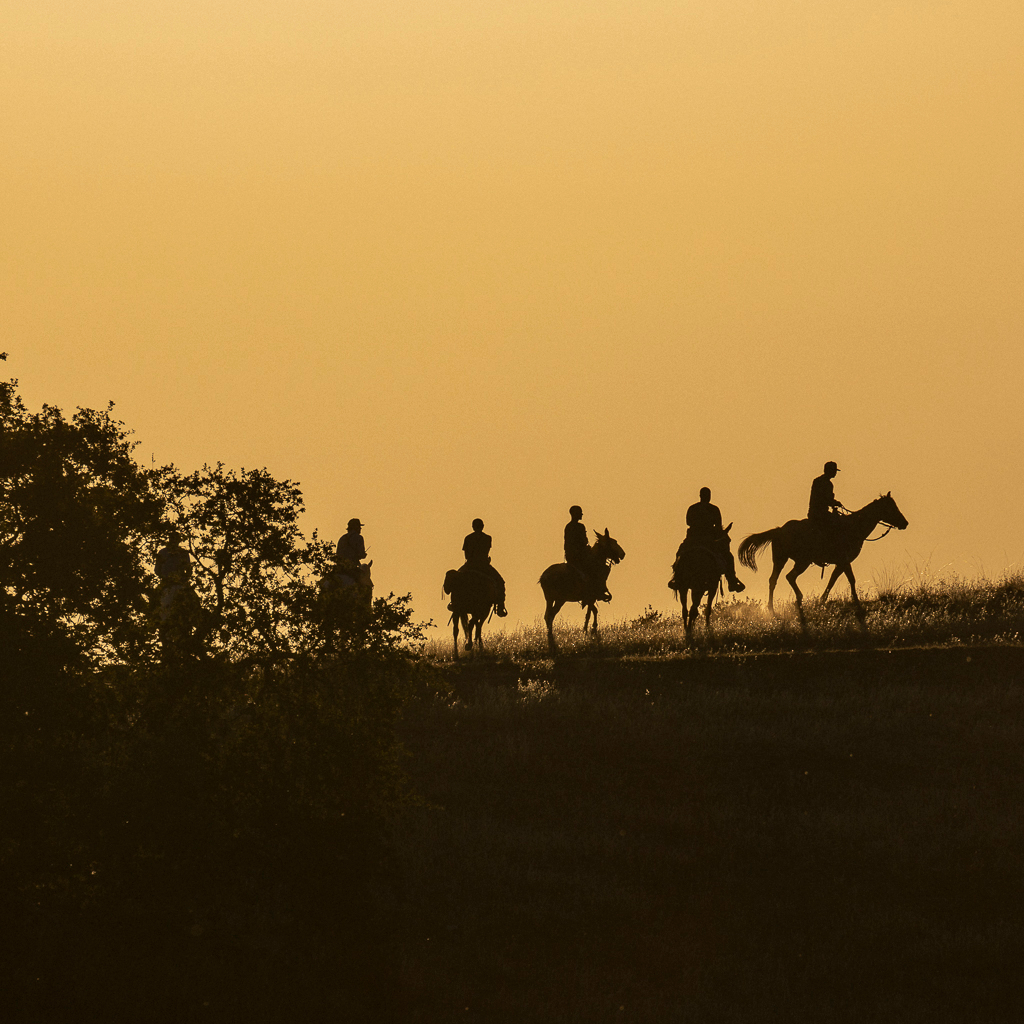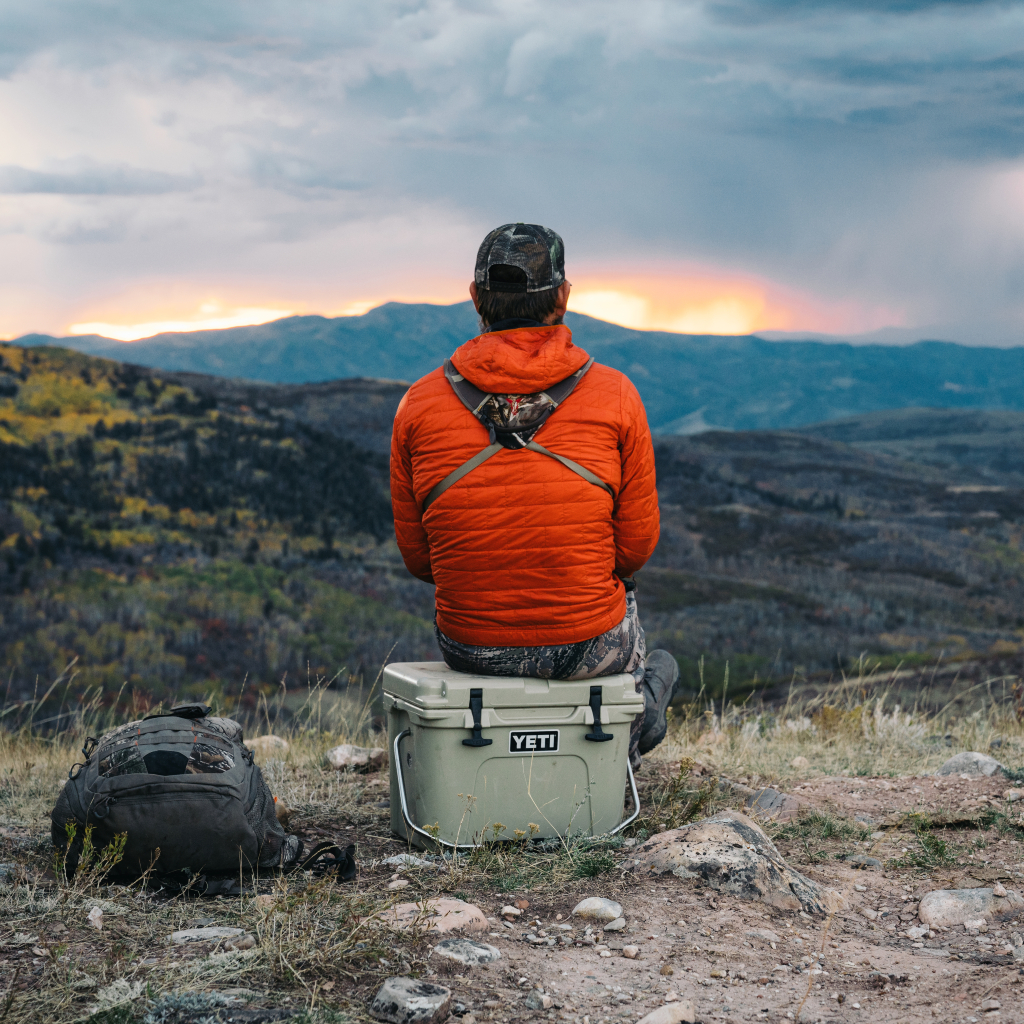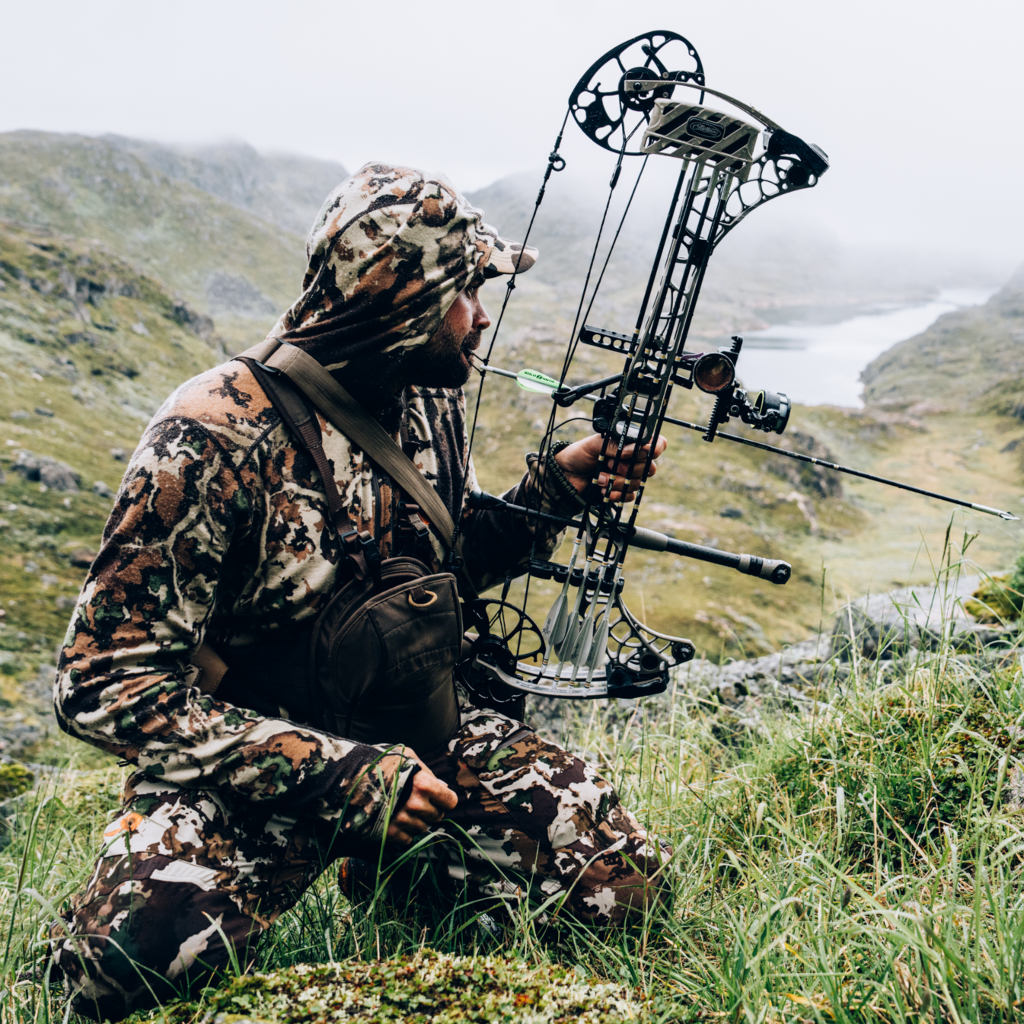There it was, mostly buried in the snow, the white burr of the antler contrasted against its dark brown base. How long had the antler been here? Which bull finally shed? Had we seen this bull before? All these thoughts were running through my head as my friend Steven Drake yanked the antler out of the snow.
We were shocked. It was from a bull we’d never seen, a bull significantly larger than any we’d ever laid eyes on, one that had evaded wolves and hunters for many years. We were new to shed hunting, but we were hooked.
Fast forward to today, and the pursuit of shed antlers has taken the outdoor community by storm. Many are fueled by monetary motivations. For others, there’s a greater purpose behind shed hunting. For my friends and I, it’s a way to learn about the elk we pursue in the fall—their travel patterns relative to weather conditions, which animals survived hunting season, and a way to identify bulls we never knew existed.
Isaac Nelson is a self-taught photographer specializing in hunting and mountain sports. He has a strong affinity for backcountry experiences, and when not behind the lens, can be found scouting for his next hunt, or at home in Bozeman, Montana.
